Your Browsing History
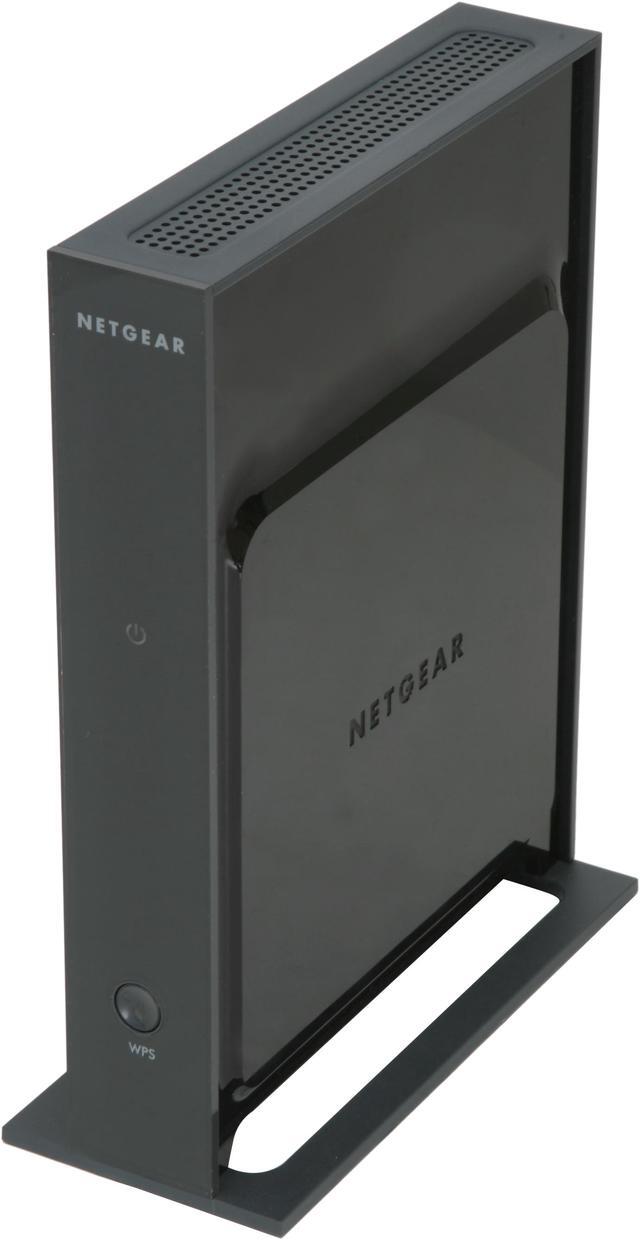
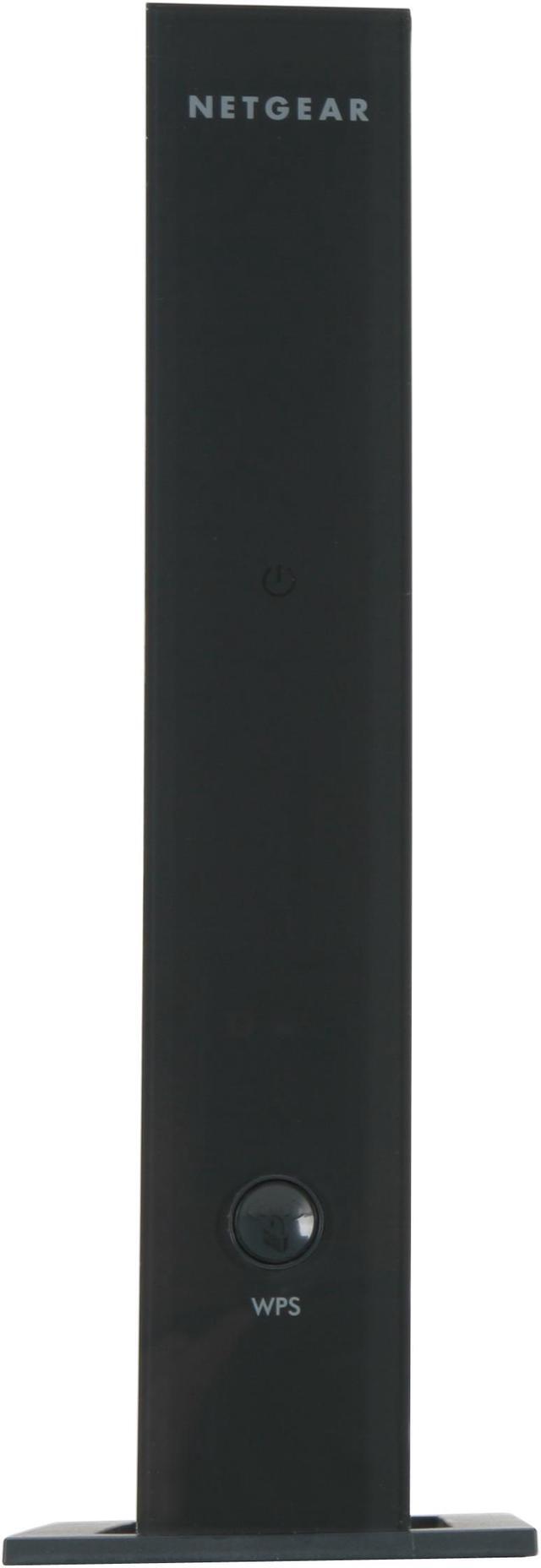
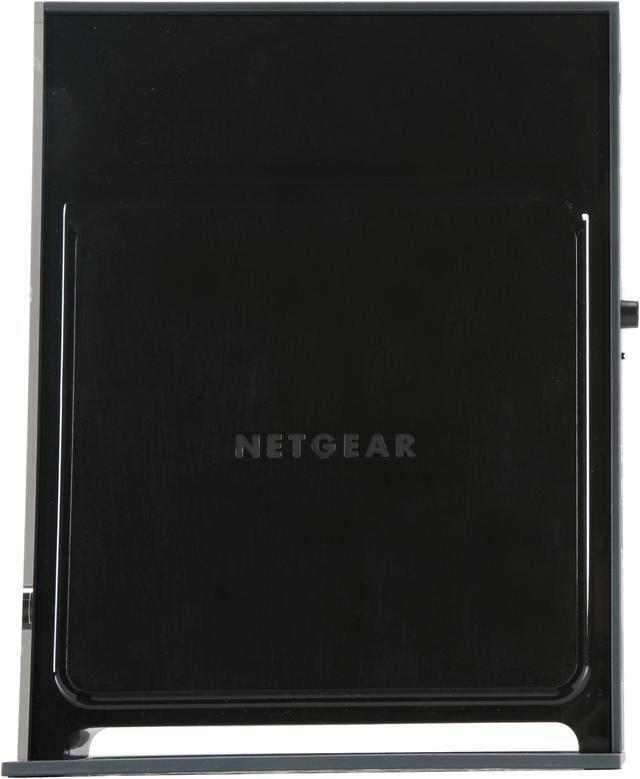
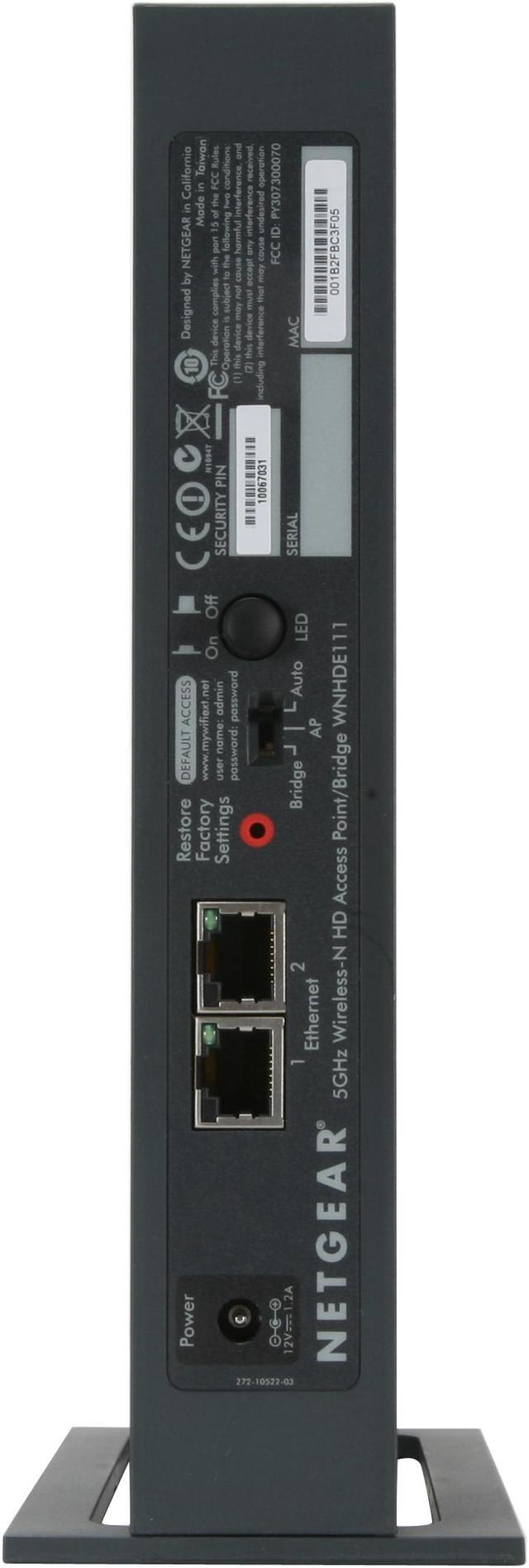
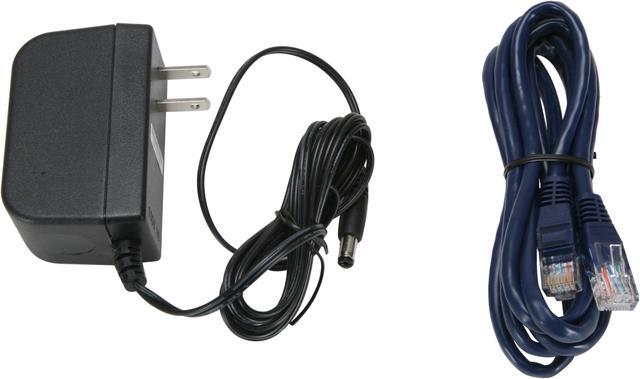
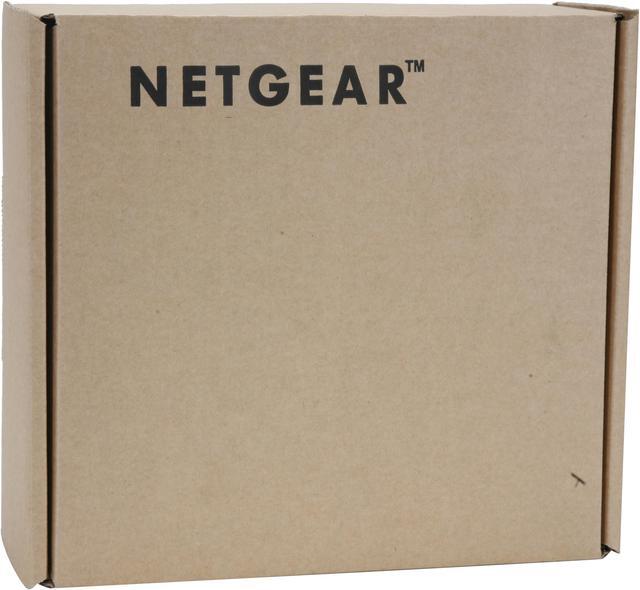
Any questions? Our AI beta will help you find out quickly.
| Brand | NETGEAR |
|---|---|
| Model | WNHDE111-100NAR |
| Standards | IEEE 802.11a, IEEE 802.11n Draft |
|---|---|
| Security | Wi-Fi Protected Access, Pre-Shared Key (WPA-PSK, WPA2-PSK) Wired Equivalent Privacy (WEP) 64-bit, 128-bit encryption |
| Frequency Band | 5.0 GHz |
| Antenna | Internal Antenna |
| System Requirements | Broadband (cable, DSL) router or gateway with built-in DHCP server 5 GHz Draft 802.11n and/or 5.0 GHz 802.11a wireless adapter. Alternatively, an Ethernet adapter and cable for each computer Microsoft Windows Vista, XP, 2000, Mac OS, UNIX or Linux Internet Explorer 5.0 or Netscape 4.7 or higher |
| Features | Plug and play installation—automatic configuration Connects to any existing router/gateway Simple "Push 'N' Connect" using Wi-Fi Protected Setup (WPS) Supports wireless “ad-hoc” mode for wireless LAN peer-to-peer gaming Supports multicast point-to-multi-point HD video streaming Connect multiple bridges to WNHDE111 Access Point |
|---|
| Dimensions | 8.9" x 6.8" x 1.5" |
|---|---|
| Weight | 1.2 lbs |
| First Listed on Newegg | March 02, 2009 |
|---|